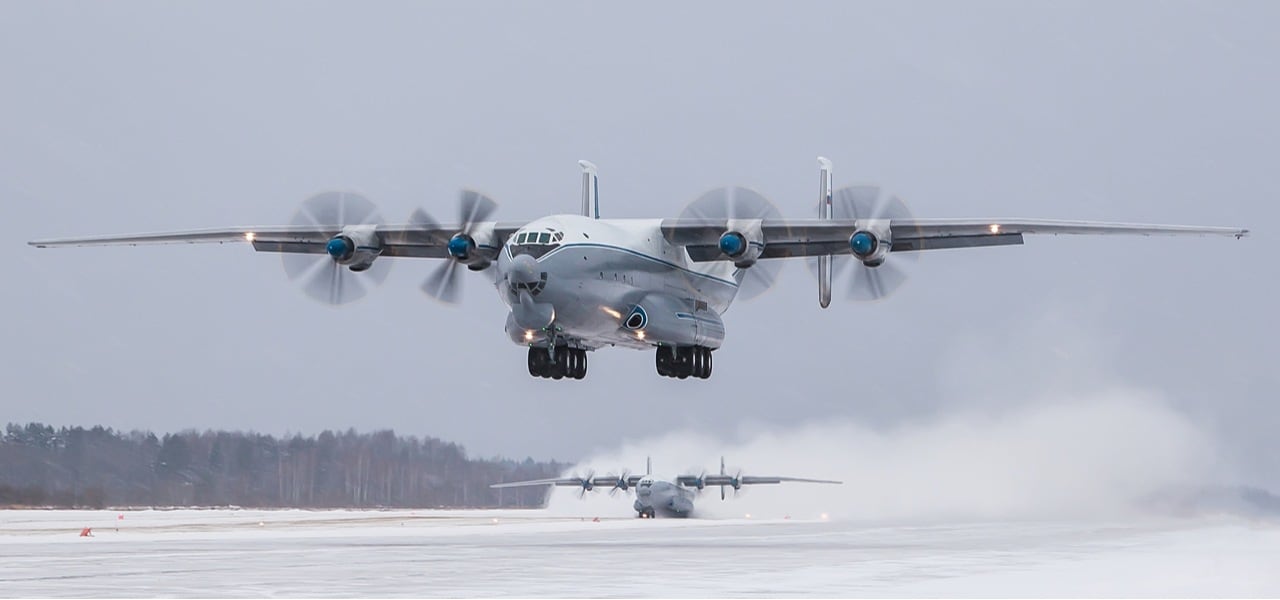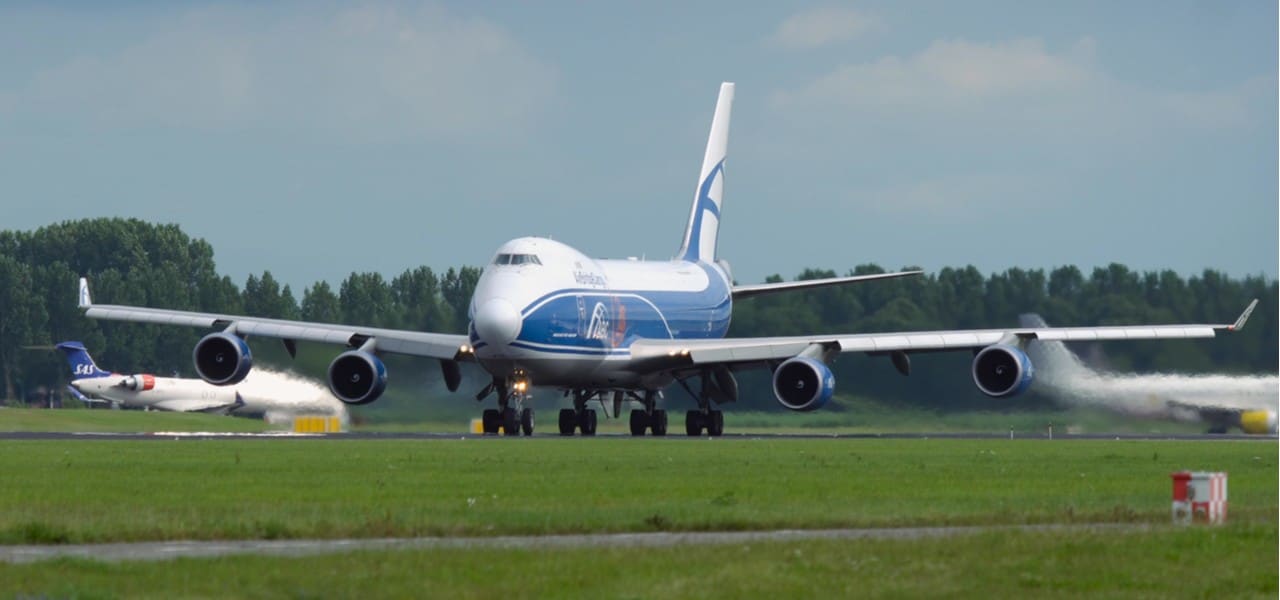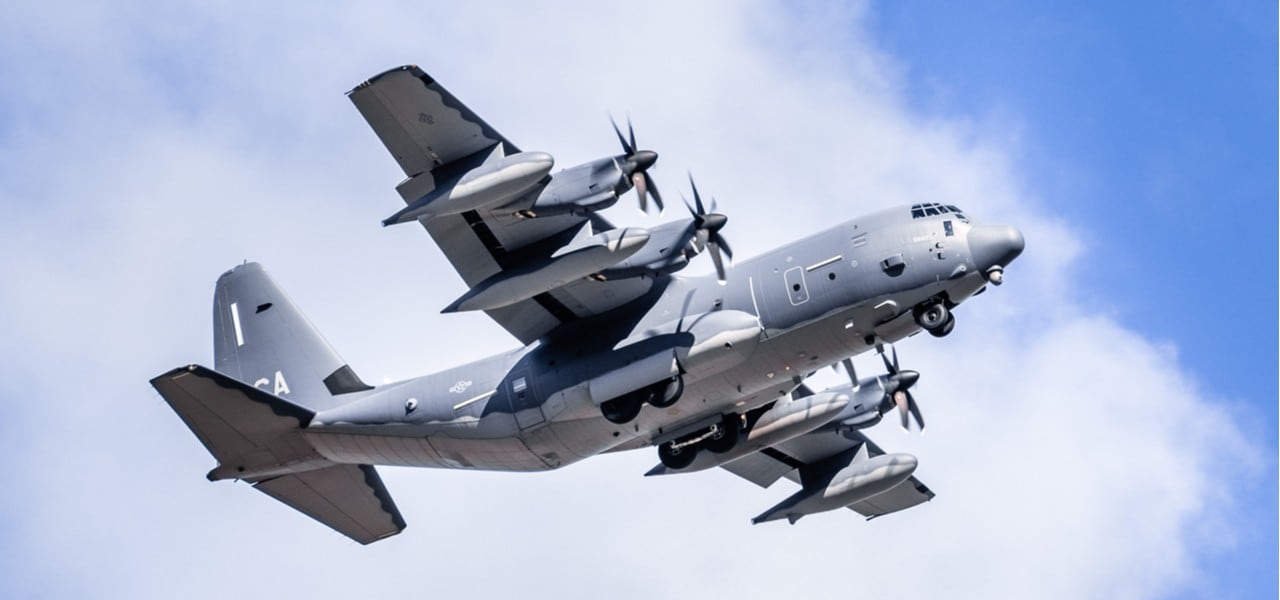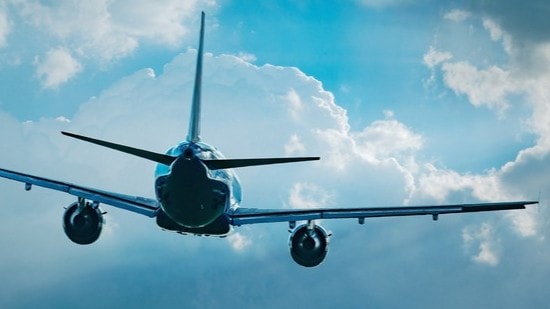A Look at the Most Popular Cargo Aircraft
People have used aircraft to transport many different types of cargo since the early 20th century. We take a look at the most popular cargo aircraft and why many still stand the test of time.
Airbus A300-600ST Beluga
With its unusual beluga whale-shaped design that has most people wondering how it even gets off the ground, the Airbus A300-600ST is not only one of the most popular cargo aircraft, but also one of the most recognisable.
The unique design of the fuselage makes the A300-600ST one of the most voluminous cargo aircraft in existence. Its unusual shape makes it especially suited to transport oversized freight. With a maximum payload of 47,000 kg (103,616 lb), this plane is capable of carrying large industrial equipment, parts for air and space vehicles, or even two Chinook helicopters.
This aircraft has been in operation since 1996. Although, Airbus Transport International only began offering the services of this aircraft to companies outside of Airbus two years later.
Antonov An-22 Antei

The Antonov An-22 Antei claims the title for being the world’s largest propeller-driven aircraft. It was the world’s first wide-body cargo aircraft. The Antonov An-22 Antei was originally designed to help the Soviet military transport resources, be that men, equipment, vehicles, or supplies, to wherever they were needed, and had a maximum payload of 80,000 kg (176,370 lb).
Apart from its massive payload, at the time, another unique benefit of this air cargo craft was its ability to land on gravel runways. The landing gear was connected to 14 wheels, which were designed to be extra sturdy to handle the landing on unpaved runways and to withstand the massive weight of the plane, under maximum load.
The first An-22 made its maiden flight in 1965, coming fully into service in 1967.
Antonov An-225 Mriya
The AN-225 Mriya is the world’s heaviest aircraft, coming in at 640,000 kg (1,410,958 lbs) max take-off weight. Much like the An-22 Antei, this plane also came to life during the Soviet era and was designed for one purpose - to transport massive aircraft and rockets for the Soviet space programme.
The Mriya first took off in December 1988, breaking world records as it continued on its first flight. This trend continued during many of its early test flights. Unfortunately, for the An-225, the collapse of the Soviet Union effectively grounded it. In 2001, it was brought back into service as a commercial cargo plane.
With a maximum payload of 250,000 kg (551,155 lb), it has been used to transport a large variety of goods and equipment, including much-needed food and medical supplies to various countries across the world.
Antonov An-124-100M-150
There are clearly some talented engineers at Antonov Airlines, as the An-124 is the third aircraft from the aerospace company to make it onto our list. This aircraft was originally designed to serve the needs of the military, including the long-range transport and airdropping of equipment, machinery and troops.
Upgrades were made to the original design of the An-124 to increase the An-124-100M’s payload to 150,000 kg (330,693 lb), and to improve its fuel efficiency and flight range.
The original An-124 entered service in 1986, with more modern variations continuing to operate today.
Boeing 747-400ERF

While Boeing may be more well known for its 747 passenger aircraft, the aerospace company is also in the business of manufacturing 747s aircraft for cargo transport. This Boeing aircraft has the designation, Extended Range Freighter (ERF). Updates were made to the original 747-400 design to increase its maximum range to 9200 km (4968 nautical miles).
While this may not sound that impressive, the 747-ERF had a 525 km (283 nautical mile) advantage over other 747 cargo aircraft when it came into commercial service in 2002.
Boeing 747-400F
The 400F is the freighter class of the popular Boeing 747-400. It takes advantage of many of the updates made to the passenger plane. For example, it uses the traditional body of the classic 747, which comes in at a lighter weight. This and other design choices were necessary to ensure the plane could carry its maximum payload of 124,330 kg (274,100 lb) at a maximum range of 8,250 km (4455 nautical miles).
The 747-400F first flew in May 1993 and came into service later that year.
Boeing 747-8 Freighter
PThe Boeing 747-8 has a large cargo capacity and maximum payload of 140,000 kg (308,000 lb). Thanks to its nose door and integration of developments from other aircraft, Boeing was able to produce a more economical, efficient, and environmentally-friendly cargo plane. Due to this reuse of technology from other aircraft, it was easier to maintain and became incredibly popular in the freight industry as a result.
It first flew in February 2010, entering into service in October 2011, and has been used for a number of critical medical missions in 2020.
Boeing C-17 Globemaster III
The C-17 would fit perfectly in a modern war movie, which is not surprising, considering it was originally designed to serve the needs of the U.S. Air Force. Boeing describes how the U.S. Air Force put out a request for a larger transport aircraft in 1980, and how this plane needed to be able to land on rough fields, as well as be refuelled mid-flight.
McDonnell Douglas, which was later bought out by Boeing, were awarded the contract and built the C-17. This aircraft was able to carry a maximum payload of 76,657 kg (169,000 lb), it had a maximum range of 10 390 km (5610 nautical miles), and was able to land on short runways.
The C-17’s first flight was in September 1991, but it was only brought into service in January 1995.
Lockheed C-130 Hercules

The C-130 was requested by the U.S. Air Force when they joined the Korean War. The medium-range Hercules was designed to fill the need for an air cargo vehicle. It had to deliver troops and land on the short runways of the military bases that were situated in Korea.
With its ability to transport a 19,090 kg (42,000 lb) payload for 3800 km (2052 nautical miles), the C-130 has served many roles. In more than 60 years of service, the Hercules aircraft has carried cargo, air-dropped soldiers, and delivered much needed medical supplies in numerous regions across the world. It’s this flexibility which has made the Hercules a popular choice with both military and civilian organisations.
Lockheed Martin C-130J Super Hercules
It’s no surprise, considering the lifespan of the C-130 that an update would be made to this iconic aircraft. The need to update this plane was identified in the 1990s, with production of the C-130J beginning in 1997. This updated aircraft featured new turboprop engines, digital avionics, and other changes that allowed for greater range, higher maximum speed, and a shorter takeoff distance.
The C-130J has a maximum payload of 21,470 kg (47,333 lb) with a range of 4074 (2,200 nautical miles). This aircraft and its civilian counterpart, the LM-100J, are popular choices for cargo transport, medical evacuation (MEDEVAC), search and rescue (SAR), and special forces missions.
Pick the perfect plane for your air cargo charter
At Air Charter Service (ACS), we have a variety of aircraft to suit your cargo charter needs, whether it’s heavy or outsized cargo, humanitarian relief, or other cargo charter requirements. Visit our website to find out more about the air freight and cargo services we offer or reach out to our team in Mumbai to find out more.

 People have used aircraft to transport many different types of cargo since the early 20th century. We take a look at the most popular cargo aircraft and why many still stand the test of time.
People have used aircraft to transport many different types of cargo since the early 20th century. We take a look at the most popular cargo aircraft and why many still stand the test of time.

